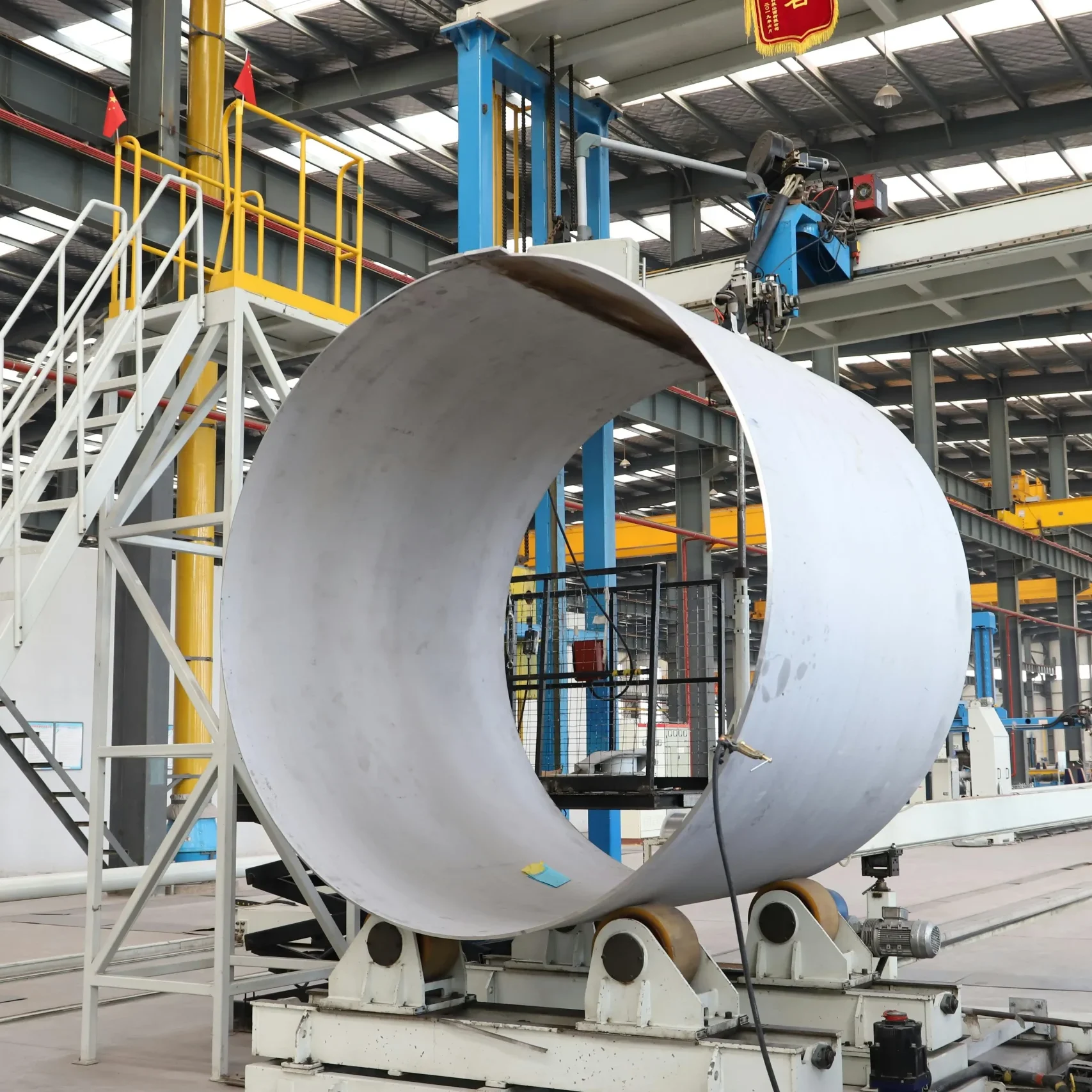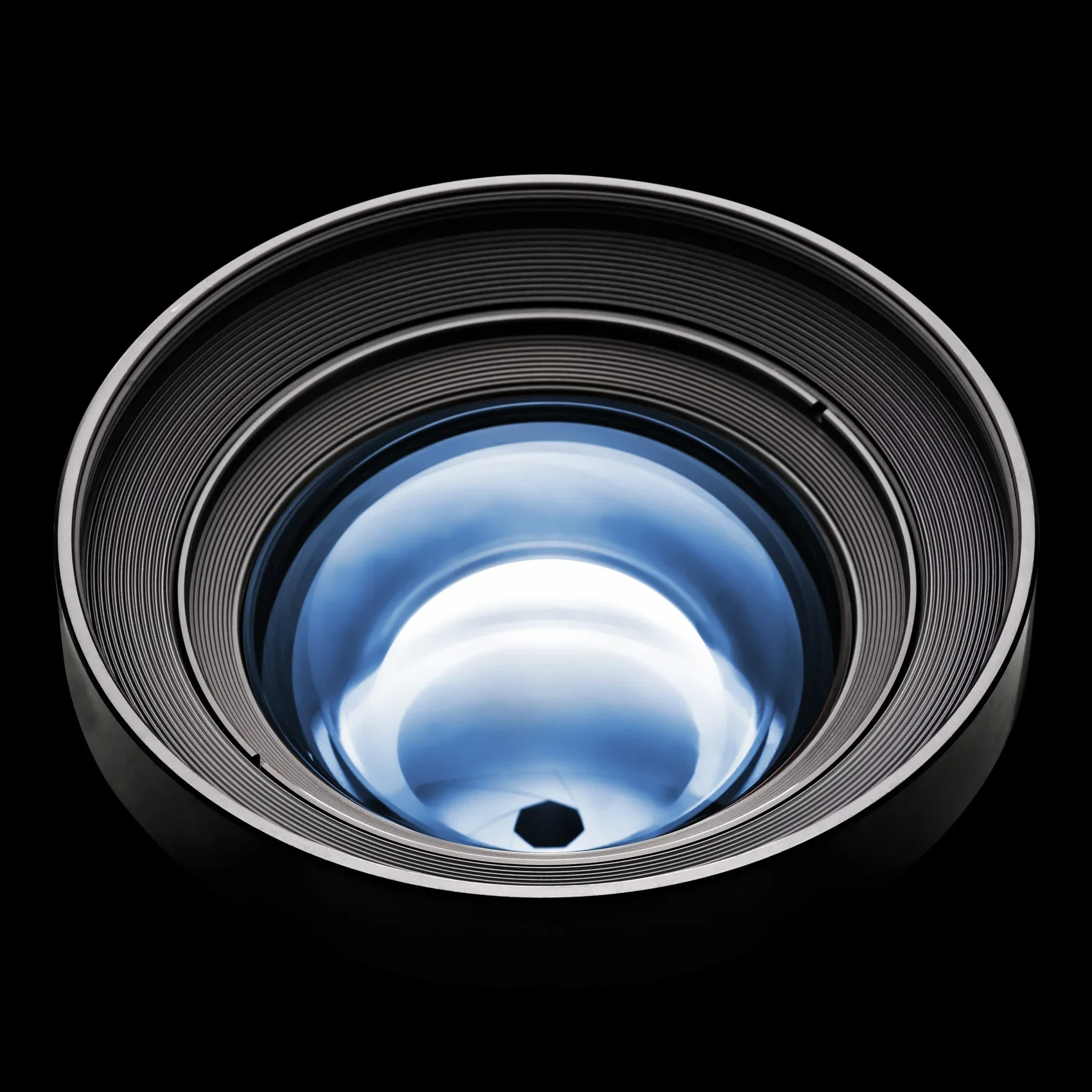As manufacturing moves toward ever‑higher precision, real‑time quality control, and predictive maintenance, imaging technologies advance to keep the pace. Short‑Wave Infrared (SWIR) cameras, sensitive to 0.9–2.5 µm wavelengths, are uniquely poised to meet industry demands. Unlike standard visible‑light systems, SWIR sensors capture sub‑surface and material‑specific information; unlike thermal imagers, they deliver fine spatial resolution and contrast. By integrating SWIR into production lines, industrial operators gain the ability to inspect hidden features, measure moisture and chemical composition, and monitor high‑speed processes—all without slowing throughput.
Visible and Thermal Systems versus SWIR for Industry
Visible‑light cameras rely on surface reflectance in the 400–700 nm band, making them susceptible to glare, poor illumination, and surface color variability. Thermal (LWIR) imagers target 8–14 µm emissions but only map temperature differences, not material composition. SWIR combines the best of both worlds: by harnessing near‑infrared ambient or LED illumination, it reveals sub‑surface details such as embedded contaminants or delamination in composites, discerns plastics, ceramics, and metals based on spectral response, and functions under a wide range of lighting conditions. Advanced InGaAs sensors now offer high sensitivity and low noise, further driving SWIR adoption in factory environments.
Manufacturing Quality Control
In semiconductor fabrication, high speed SWIR cameras mounted on robotic inspection arms can scan wafers for micro‑cracks, particulate contamination, and pattern deviations at high line speeds. Their high dynamic range and global‑shutter operation ensure blur‑free capture of transient events, reducing scrap and improving yield. In printed‑circuit‑board assembly, SWIR imaging can detect solder‑joint voids, missing components, and multilayer misalignment by differentiating between solder, laminate, and substrate materials—tasks invisible to visible‑light vision systems. Pharmaceutical producers use SWIR to verify tablet coatings, spot moisture ingress under blister packaging, and authenticate batch consistency by analyzing near‑infrared spectra of active ingredients.
Automotive & Transportation
Modern vehicle assembly demands flawless paintwork, precise welds, and consistent component fit. SWIR cameras can inspect paint films for thickness variations and subsurface defects, ensuring even coverage and preventing corrosion. During dynamic braking tests, SWIR sensors mounted on test rigs can monitor brake‑pad material temperature and composition to predict wear rates. Tire‑manufacturing lines employ SWIR to assess rubber compound uniformity and detect internal voids before vulcanization, reducing failure rates and enhancing safety standards.
Food, Agriculture & Environmental Monitoring
In high‑volume food processing, SWIR sorters rapidly separate produce by ripeness and moisture content, using differences in near‑infrared absorption to reject under‑ or over‑mature items. Grain‑handling facilities can deploy SWIR to detect fungal contamination and foreign material within kernels, improving food safety and reducing waste. Beyond factories, agricultural drone platforms equipped with SWIR cameras can map field conditions, measuring plant water stress, chlorophyll concentration, and early disease outbreaks over thousands of acres. In forestry and environmental surveying, SWIR imagery highlights vegetation health, moisture content, and fire‑scar mapping—crucial for resource management and wildfire prevention.
Predictive Maintenance & Safety
SWIR cameras also excel at monitoring moving machinery for signs of wear or overheating. By capturing sub‑surface features and temperature‑induced spectral shifts, they detect bearing defects, belt delamination, and fluid leaks before catastrophic failure. In chemical plants, SWIR spectroscopic imaging identifies vapor leaks of hazardous solvents or gases based on their unique absorption bands—enabling rapid response and improving workplace safety.
KAYA’s Mercury SWIFT: Ideal SWIR for Industry
KAYA Vision’ Mercury SWIFT brings SWIR performance to factory floors. Its compact 44 × 44 × 35 mm, 100 g form factor mounts easily on robotic arms, conveyor enclosures, or inspection gantries. The InGaAs global‑shutter sensor captures 640 × 512 images at up to 1,600 fps, ensuring even the fastest production steps are analyzed without blur. With 10 × 10 µm pixels, EMVA1288‑verified dynamic range, and built‑in defect‑pixel correction, Mercury SWIFT produces crisp visuals of subsurface features and material inconsistency. Drawing less than 4 W and rated for –40 °C to +80 °C at 10–90% non‑condensing humidity, it withstands harsh factory conditions. CoaXPress v2.1, GenCam, and C‑mount compatibility simplify integration with existing machine‑vision controllers and analytics software, while an SDK enables rapid development of custom inspection algorithms.
SWIR for industry is more than a niche technology—it’s the backbone of next‑generation smart manufacturing. By delivering material‑specific contrast, sub‑surface imaging, and high‑speed capture, SWIR cameras like KAYA’s Mercury SWIFT help companies drive quality, reduce waste, and unlock new levels of process intelligence.




